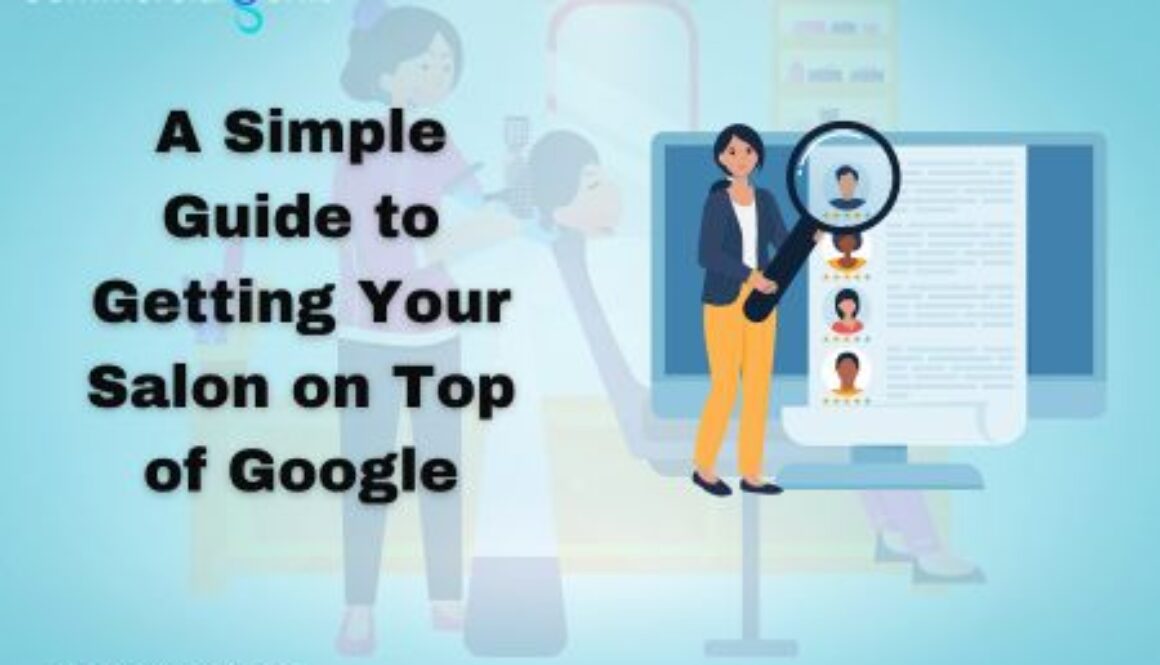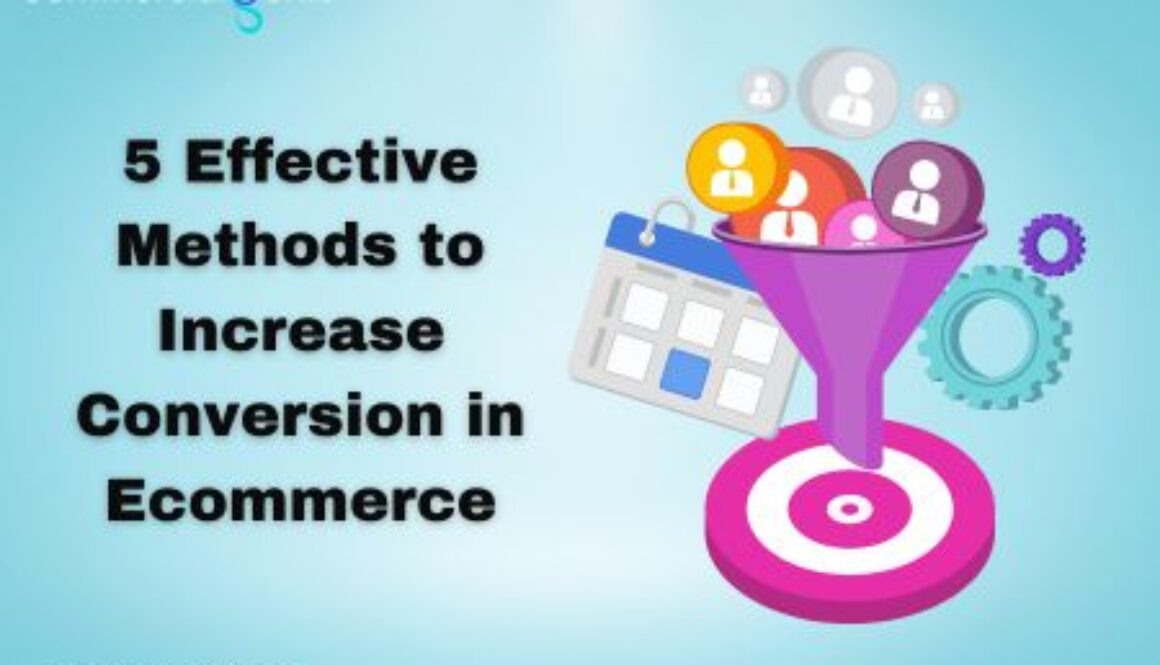Mastering Salon SEO: A Simple Guide to Getting Your Salon on Top of Google
Introduction
In the digital age, having a strong online presence is essential for the success of your salon business. One of the most effective ways to increase visibility and attract new customers is by ranking at the top of search engine results, particularly on Google. This is where salon SEO (Search Engine Optimization) comes into play. By implementing the right strategies and techniques, you can optimise your salon’s website to appear prominently in relevant search queries, driving more traffic and potential customers to your salon. In this blog, we will discuss simple yet effective salon SEO strategies that can help you improve your online visibility and get your salon to the top of Google.
1. Understanding Salon SEO: The Basics
a. What is Salon SEO?
Salon SEO, or Search Engine Optimization, refers to optimising your salon’s website and online presence to improve its visibility and ranking on search engine results pages (SERPs). It involves various strategies and techniques to attract organic (non-paid) traffic from search engines like Google. By optimising your website for relevant keywords and providing valuable content, you increase the chances of your salon appearing at the top of search results when potential customers are searching for salon-related services or products.
b. The Importance of Ranking on Google
Ranking on Google is crucial for the success of your salon business. Google is the most popular search engine, and appearing at the top of its search results can significantly increase your visibility and attract more potential customers. Studies show that users are more likely to click on websites that appear at the top of the search results, as they are perceived to be more trustworthy and authoritative. Ranking on Google increases your website traffic, establishes credibility, and positions your salon as a destination for potential customers seeking salon services.
2. Conducting Keyword Research for Your Salon
a. Identifying Relevant Keywords for Hair Salon
Consider your salon’s exact services and goods before conducting any keyword research. Consider the terms and phrases prospective clients may employ when seeking those services. For instance, “hair salon,” “nail salon,” “spa treatments,” or “facial rejuvenation.” List the words and phrases you come up with to describe your salon’s services.
b. Using Keyword Research Tools
Keyword research tools like Google Keyword Planner, SEMrush, and Moz Keyword Explorer can provide valuable insights into search volume, competition, and related keywords. These tools help you identify popular hair salon keywords and phrases relevant to your salon and have a decent search volume. Consider the search intent behind the keywords and prioritise those that align with your salon’s offerings and target audience.
c. Targeting Local Keywords
Since salons primarily serve a local customer base, targeting local keywords is essential to attract nearby customers. Incorporate location-specific keywords, such as city or neighbourhood name, into your keyword strategy. For example, “hair salon in [city],” “nail salon near me,” or “spa treatments in [neighborhood].” Local keyword targeting helps you capture the attention of potential customers in your area and raise your ranking in local search results.
You can optimise your website to draw organic traffic and increase the likelihood of ranking higher in search engine results by conducting in-depth keyword research to determine your salon’s most pertinent and successful keywords.
3. Optimizing Your Salon Website for SEO
a. On-Page SEO Optimization
i. Optimizing Title Tags and Meta Descriptions
Title tags and meta descriptions are HTML elements that briefly summarise your salon’s webpage content. Optimise title tags by including relevant keywords and keeping them around 50-60 characters concise. Meta descriptions should accurately describe the page content and entice users to click through. Incorporate keywords naturally and include a call-to-action to encourage user engagement.
ii. Creating Unique and Engaging Content
High-quality, unique content plays a crucial role in SEO. Create informative and engaging content that showcases your salon’s expertise and services. Incorporate relevant keywords naturally throughout the content, including headings and body text. Aim to provide value to users and answer their queries to establish your salon as a trusted resource.
iii. Optimizing Header Tags and Image Alt Text
Header tags (H1, H2, H3, etc.) structure the content on your web pages. Use them to highlight important sections and incorporate relevant keywords. Additionally, optimise image alt text by providing descriptive and keyword-rich text to improve accessibility and help search engines understand the content of your images.
iv. Incorporating Keywords Naturally
While it’s essential to incorporate keywords strategically, avoid overstuffing them into your content. Focus on creating valuable and reader-friendly content that naturally incorporates keywords. Aim for a good keyword density without sacrificing the quality and readability of your content.
b. Technical SEO Optimization
i. Improving Website Loading Speed
A fast-loading website is crucial for both user experience and SEO. Optimise your salon website’s loading speed by compressing images, minifying code, and leveraging browser caching. Ensure your hosting provider can handle your website’s traffic demands, and consider using a content delivery network (CDN) to improve speed.
ii. Ensuring Mobile-Friendliness and Responsiveness
Optimising your salon website for mobile is essential with the increasing use of mobile devices. Ensure your website is mobile-friendly and responsive, adapting to different screen sizes and providing a seamless user experience across devices. Search engines favour mobile-friendly websites and improve user engagement.
iii. Optimizing URL Structure and Site Navigation
Create user-friendly URLs that are descriptive and contain relevant keywords. Use a clear and logical site structure with intuitive navigation to help users and search engines find and understand your content easily. Organise your website into logical categories and use breadcrumbs to enhance navigation.
By implementing on-page SEO techniques and optimising technical aspects of your salon website, you can improve its visibility and search engine rankings. A well-optimized website will attract more organic traffic, increase user engagement, and ultimately drive conversions for your salon.
4. Building Quality Backlinks for Your Salon
a. The Importance of Backlinks for SEO
Backlinks are a crucial component of SEO since they show search engines that your website is authoritative and trustworthy. Links from trustworthy websites tell search engines that the content on your salon’s website is worthwhile and pertinent. High-quality backlinks can significantly enhance your website’s exposure and search engine rankings.
b. Strategies to Earn Quality Backlinks
i. Guest Blogging and Influencer Collaborations
Reach out to popular beauty and lifestyle bloggers or influencers in your niche and offer to create valuable content for their websites. Guest blogging lets you showcase your expertise and gain exposure to a wider audience. In return, you can request a backlink to your salon’s website in the author bio or the content itself. Ensure the websites you collaborate with have high domain authority and relevance to maximise the SEO value of the backlinks.
ii. Social Media Engagement and Shares
Engage with your audience on social media platforms and share compelling and shareable content. When your content gets shared and linked to from social media, it can generate valuable backlinks. Encourage your followers to share your content and include social sharing buttons on your website to make it easy for visitors to share your content across their networks.
iii. Local Business Directories and Associations
Submit your salon’s information to local business directories and associations. These platforms allow you to include a backlink to your website in your business profile. Look for reputable directories and associations relevant to your industry and location. This helps with backlinks and improves your salon’s visibility in local search results.
Remember, focusing on relevance and authority is the key to earning quality backlinks. Seek opportunities to connect with reputable websites and influencers in your industry. Additionally, create high-quality and shareable content that naturally attracts backlinks. Building a strong backlink profile takes time and effort, but your salon’s SEO and online visibility benefits are worth it.
5. Leveraging Online Reviews and Reputation Management
a. The Impact of Online Reviews on SEO
Online reviews influence consumer decisions and can significantly impact your salon’s SEO. Search engines consider online reviews as a trust signal and positive reviews can improve your search engine rankings. Review sites often appear in search results, providing another avenue for potential customers to discover your salon. Therefore, managing your online reputation and encouraging positive customer reviews are vital for your salon’s SEO success.
b. Encouraging Positive Customer Reviews
To encourage positive customer reviews, provide exceptional service and experiences that exceed your customers’ expectations. Delight your clients with personalised treatments, attentive customer service, and a welcoming environment. Offering a memorable experience increases the likelihood of receiving positive reviews.
Make it easy for customers to leave reviews by providing links to review sites on your website and in email communications. Consider implementing an automated email campaign that sends a follow-up message to customers after their salon visit, politely asking them to leave a review. Offering incentives such as discounts or loyalty points for leaving reviews can also motivate customers to share their experiences.
c. Responding to Reviews and Managing Reputation
Responding to positive and negative reviews demonstrates your commitment to customer satisfaction and shows potential customers you value feedback. Take the time to thank customers for their positive reviews and acknowledge any concerns or issues raised in negative reviews. Addressing negative feedback promptly and professionally can help turn dissatisfied customers into loyal ones.
Regularly monitor review sites and social media platforms for customer feedback. Set up alerts or use reputation management tools to stay informed about new reviews. Address any negative reviews promptly and take appropriate actions to resolve customer concerns. Engaging with customers transparently and respectfully shows that you care about their experience and can help mitigate the impact of negative reviews.
Remember, building a positive online reputation takes time and consistent effort. Focus on delivering outstanding service, encouraging positive reviews, and actively managing your salon’s reputation. By leveraging online reviews effectively, you can enhance your salon’s SEO, attract more customers, and build a strong and reputable brand in the digital space.
Conclusion
In today’s digital age, optimising your salon’s online presence is essential for attracting customers and staying ahead of the competition. By implementing effective SEO strategies, you can increase your salon’s visibility on search engines like Google and drive more traffic to your website. This blog has provided valuable insights and practical methods to improve your salon’s SEO and increase conversions.
We started by understanding the importance of conversions in your salon online store and why it is crucial for business growth. We then explored methods to enhance user experience, craft persuasive copywriting, implement strategic marketing tactics, utilise social proof, and continuously analyse and optimise for better conversions. Each way presented valuable techniques and tips that you can implement to boost your salon’s online conversions.
Furthermore, we discussed the significance of mobile optimisation for your salon’s website. Optimising your website for mobile devices has become necessary with the rise in mobile browsing and the increasing need for seamless user experiences. We explored the basics of mobile optimisation, the benefits of a mobile-responsive website, and best practices to ensure your salon’s website performs well on mobile devices.
In our final section, we discussed salon SEO and how to position your salon at the top of Google search results. We debated using online reviews, establishing quality backlinks, leveraging on-page and technical SEO optimisation, and managing your salon’s reputation. When properly implemented, these techniques can dramatically raise your salon’s search engine ranks and increase organic traffic to your website.
In conclusion, by implementing the strategies and techniques discussed in this blog, you can increase conversions, enhance user experience, improve your salon’s online visibility, and drive more traffic to your website. Remember that SEO is an ongoing process that requires continuous effort and optimisation to stay ahead in the competitive digital landscape. Embrace the power of SEO and watch your salon thrive online.













































